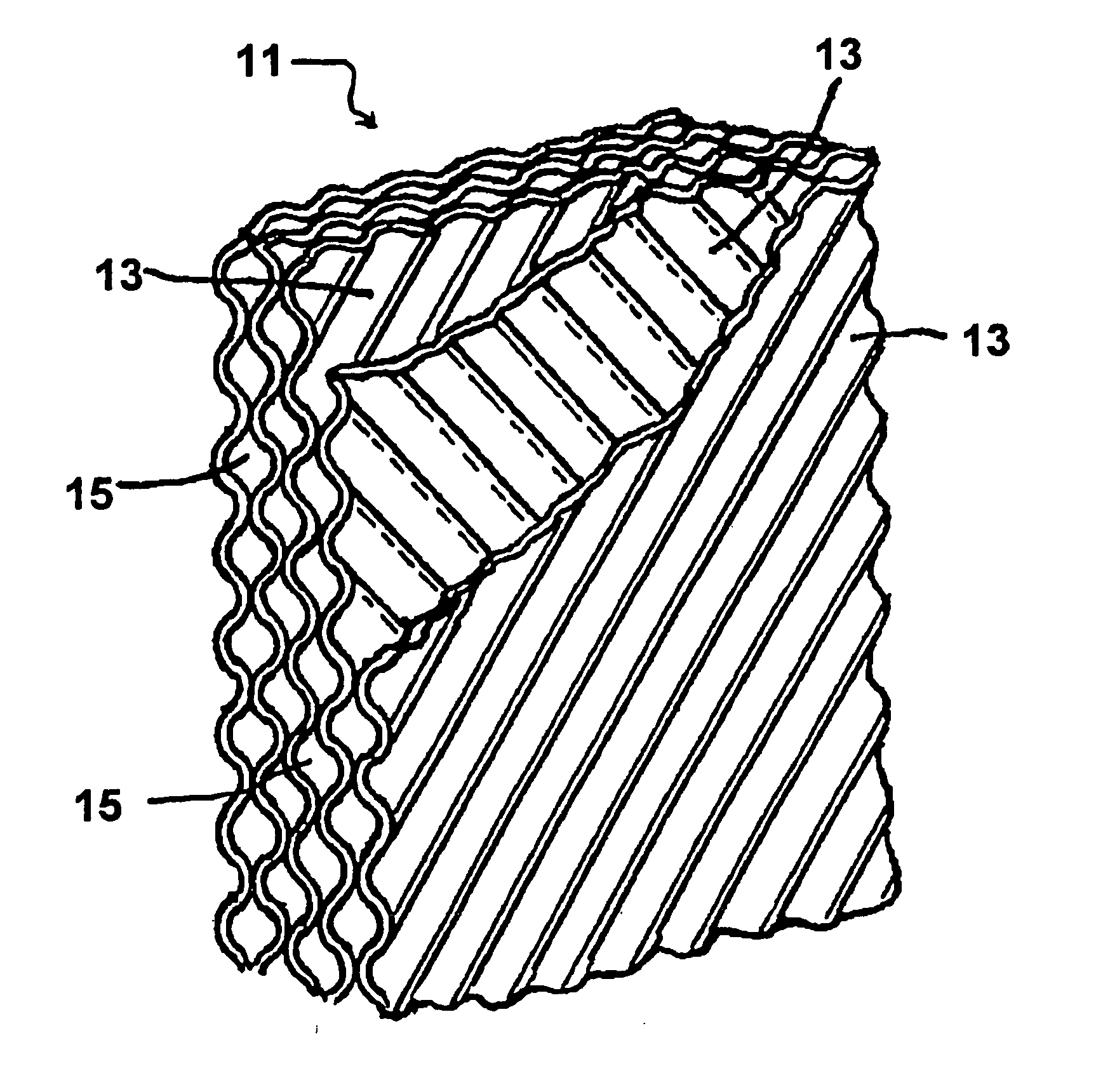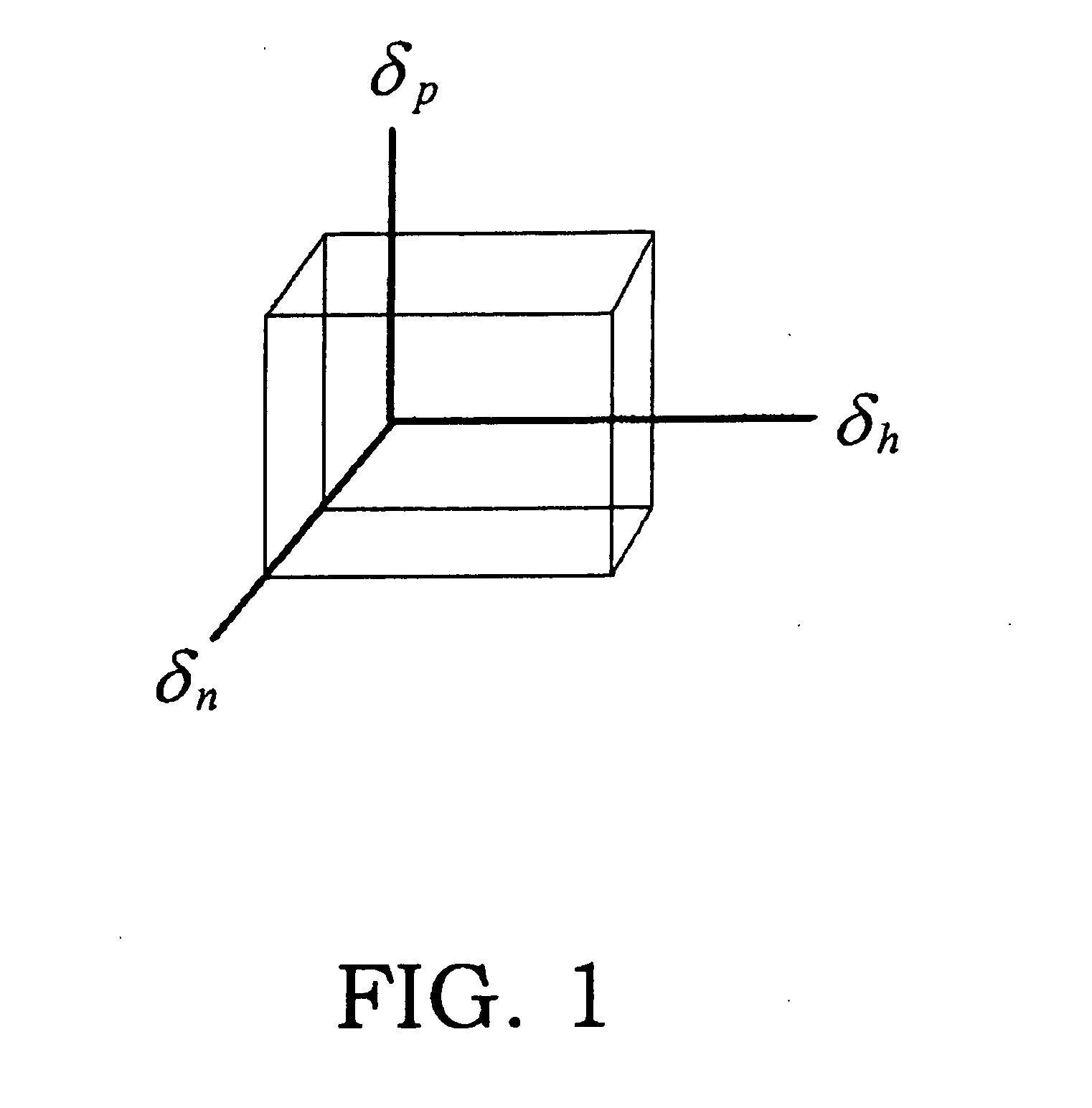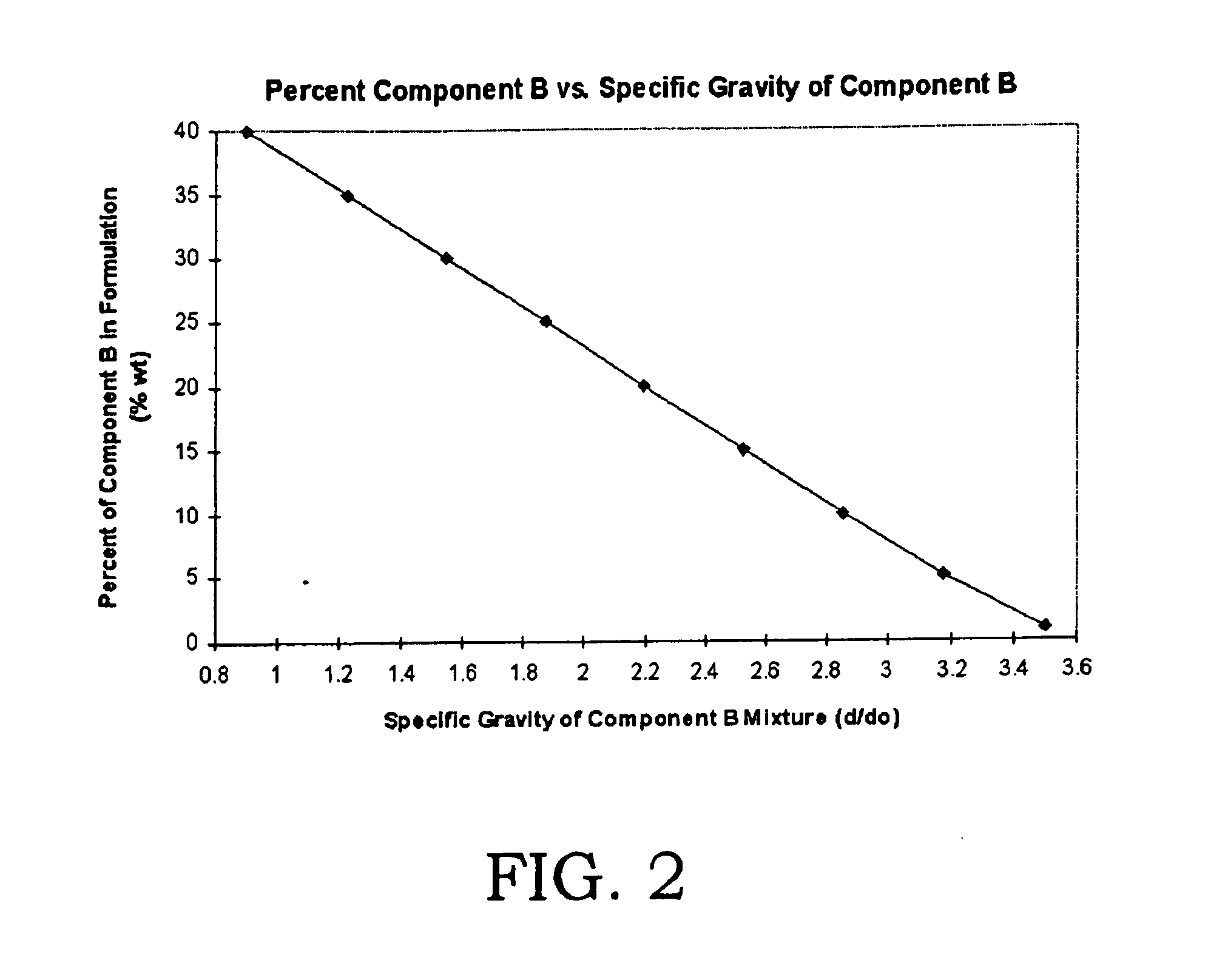Contact media for evaporative coolers
a technology of contact media and evaporative cooler, which is applied in the direction of free-cooling system, machine/engine, combustion-air/fuel-air treatment, etc., can solve the problems of increasing the cost of operation, increasing the cost of maintenance in some cases, and increasing the cost of lower electrical consumption. , to achieve the effect of enhancing the performance of contact media, prolonging the life span and increasing the effective surface area
- Summary
- Abstract
- Description
- Claims
- Application Information
AI Technical Summary
Benefits of technology
Problems solved by technology
Method used
Image
Examples
Embodiment Construction
The contact media of the invention is made up of two major components, which will be labeled Component I and Component II for convenience. Component I is a fibrous material formed into a suitable shape. Component II is impregnated into and affixed to the fibrous material and has a continuous phase based on one or more polymers. Component II makes up from three to sixty percent by weight of the finished product on a dry basis. Preferably, Component II makes up from about five to about twenty-five percent by weight of the finished product, and more preferably makes up from about ten percent to about fifteen percent by weight. In each case, Component I makes up the balance of the total weight of the contact media.
Component I can be made from a number of standard fibrous materials known in the industry such as cellulose, fiberglass, and asbestos or combinations thereof. The fibrous material should have suitable rigidity, high surface area, light weight (i.e. low density), and relativ...
PUM
| Property | Measurement | Unit |
|---|---|---|
| Fraction | aaaaa | aaaaa |
| Fraction | aaaaa | aaaaa |
| Fraction | aaaaa | aaaaa |
Abstract
Description
Claims
Application Information
 Login to View More
Login to View More - R&D
- Intellectual Property
- Life Sciences
- Materials
- Tech Scout
- Unparalleled Data Quality
- Higher Quality Content
- 60% Fewer Hallucinations
Browse by: Latest US Patents, China's latest patents, Technical Efficacy Thesaurus, Application Domain, Technology Topic, Popular Technical Reports.
© 2025 PatSnap. All rights reserved.Legal|Privacy policy|Modern Slavery Act Transparency Statement|Sitemap|About US| Contact US: help@patsnap.com



